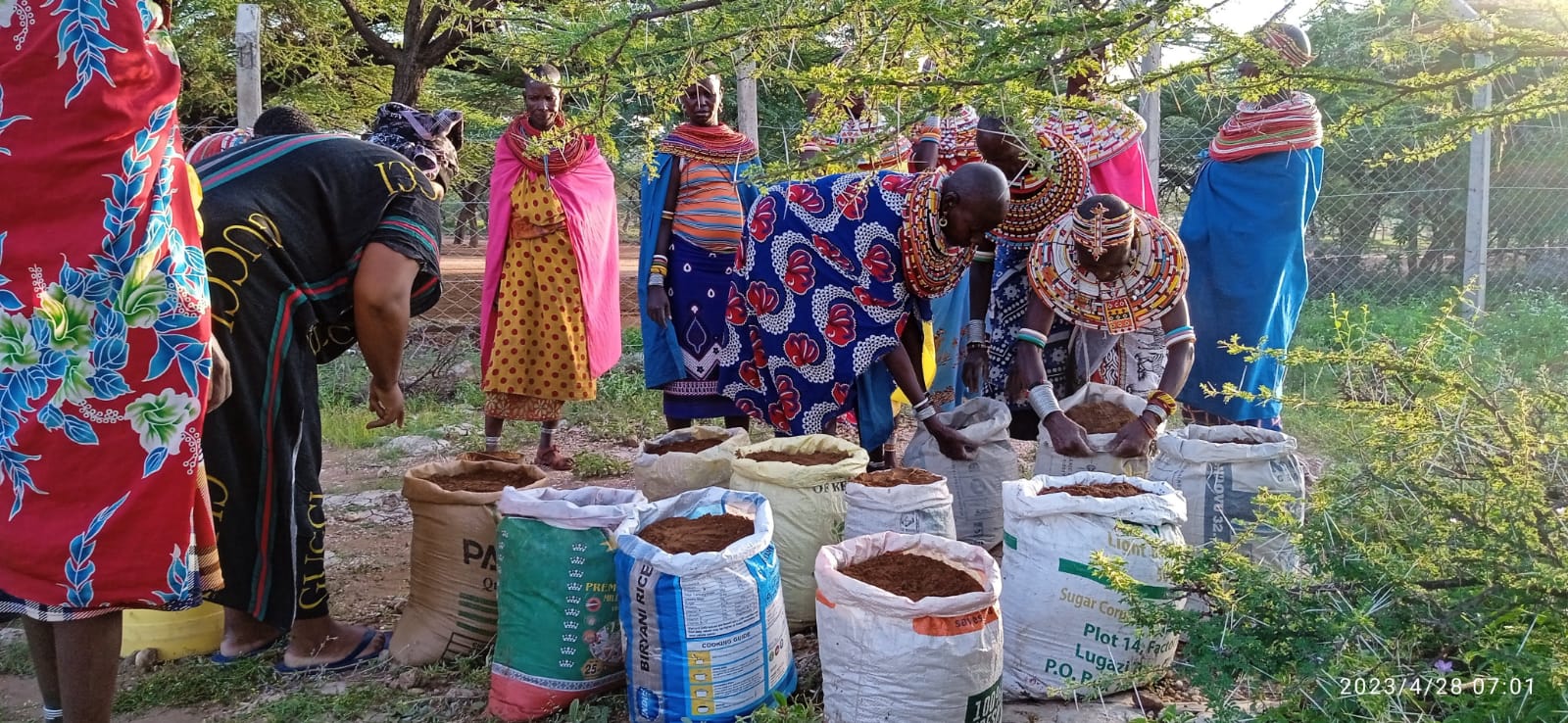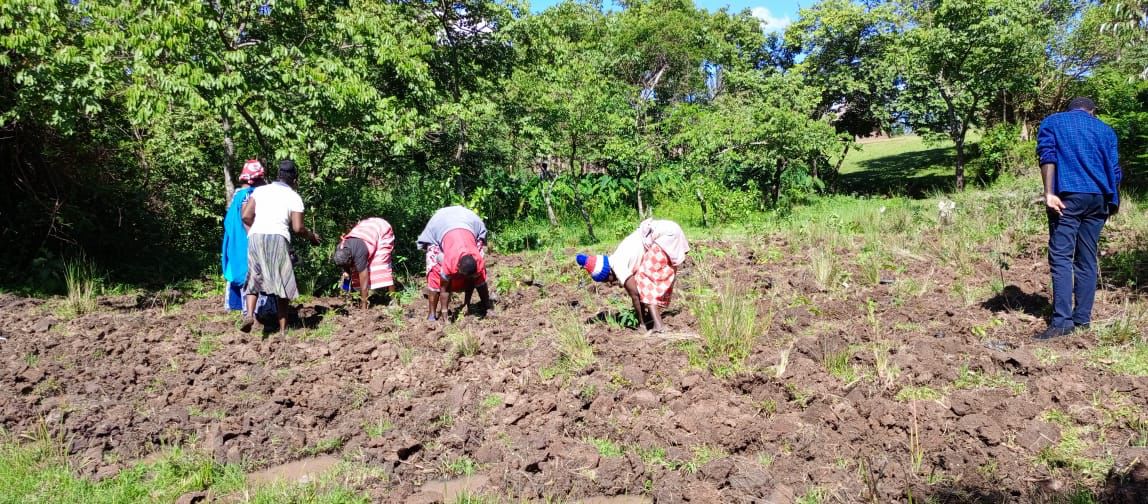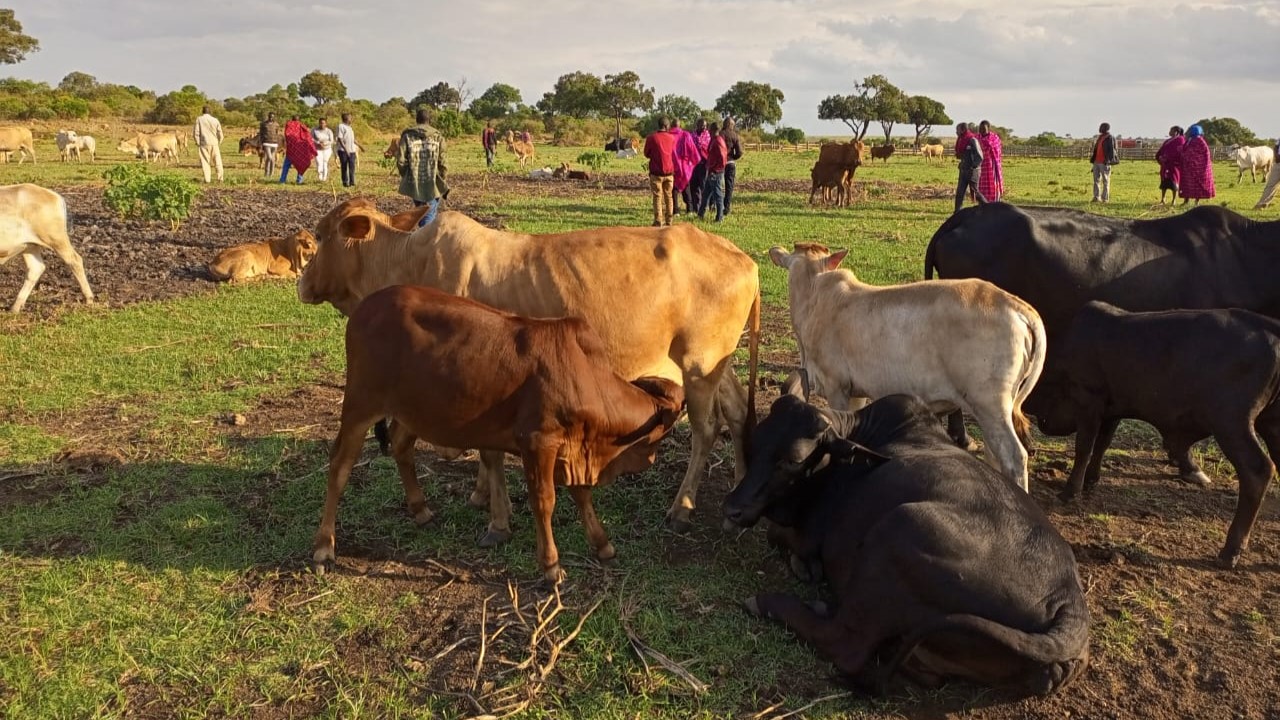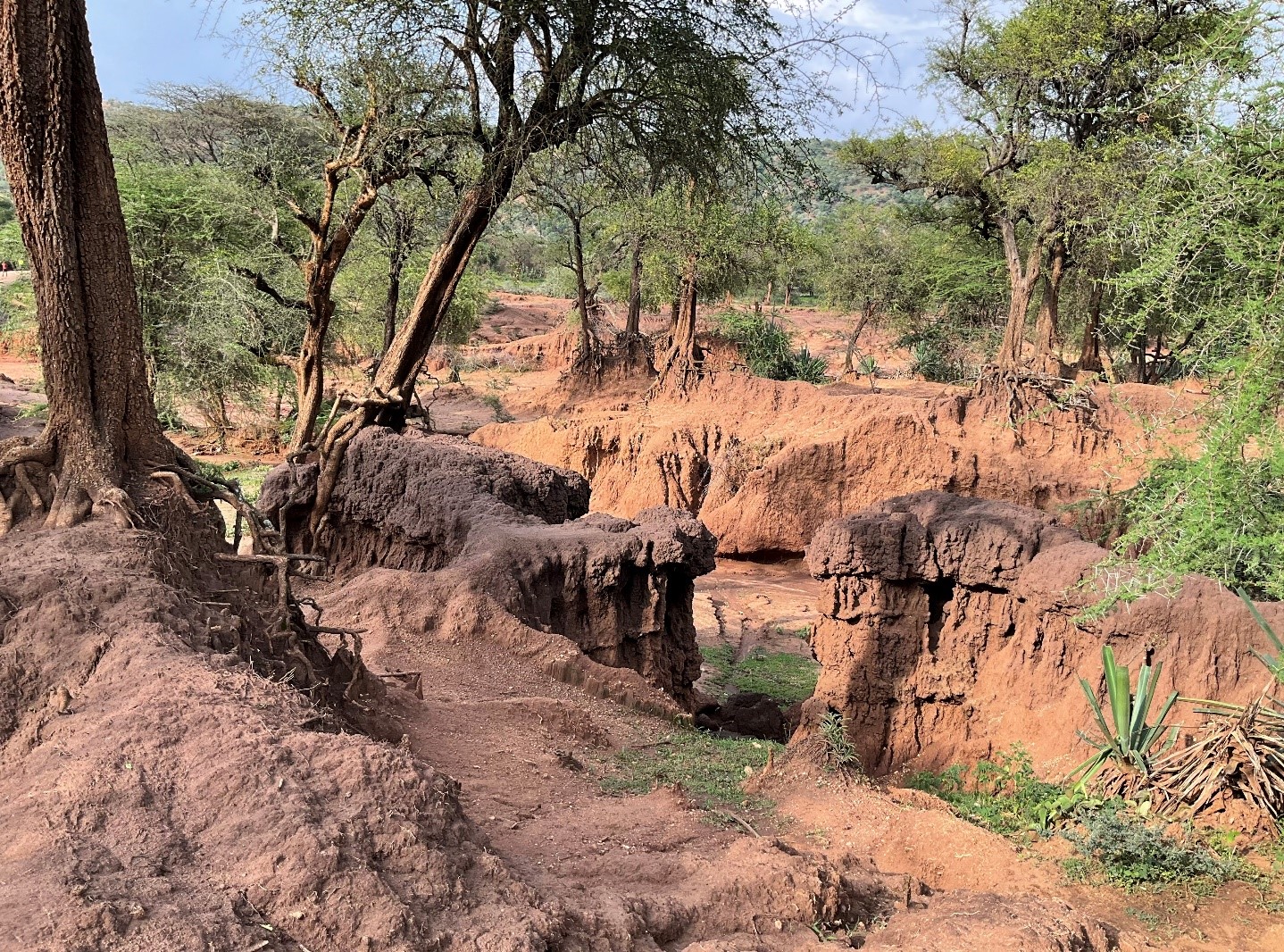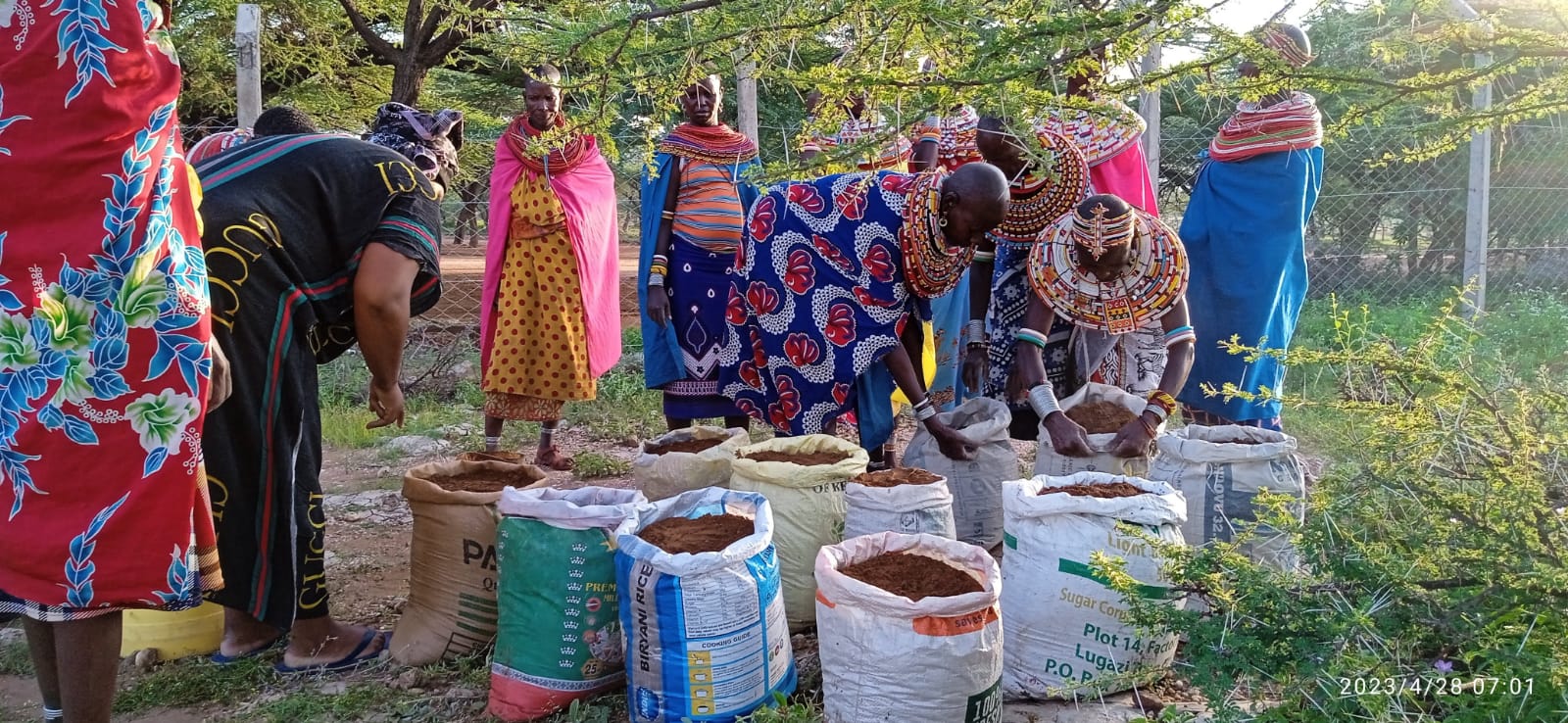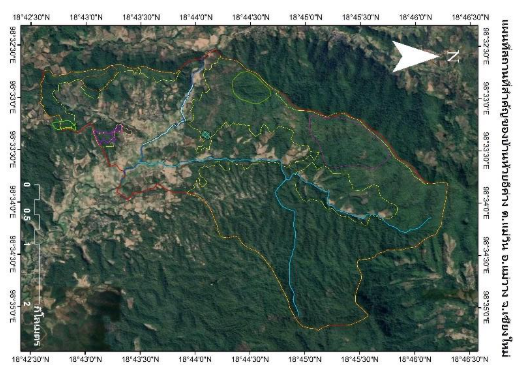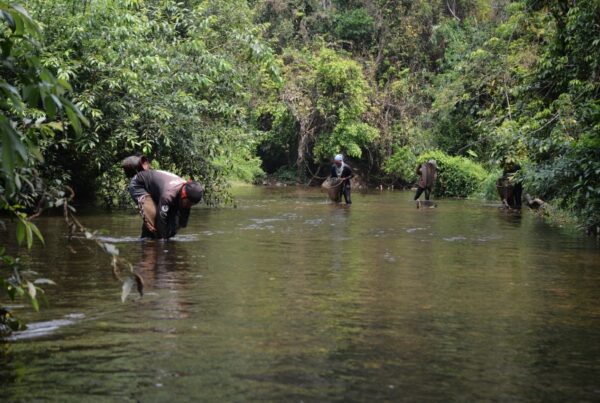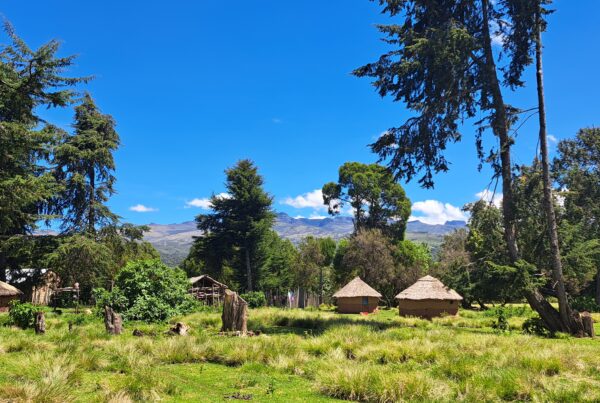This blog article has been written by the Indigenous Information Network.
Just sit down today and imagine the Earth without plants, animals, air and water, do you think life is going to be easy? Definitely not or life will not be even there at all. The presence of them makes the lives of human beings successful and comfortable, unfortunately a good number of the population in the world haven’t realized the importance of the four components, until when they are lost since you will never know the importance of what you have until you lose it. Indigenous peoples have coexisted peacefully with their ancestral lands for many generations, using the land’s resources while preserving the health of the environment. Sustainability is crucial for Indigenous Peoples because without it, their own means of subsistence are under jeopardy. Majority of the people worldwide rely on forests for their livelihoods, especially the rural areas.
Type: Blog
Region: Africa
Country: Kenya
Theme: Traditional and local knowledge; Sustainable livelihoods; Community-led conservation
Author: Indigenous Information Network
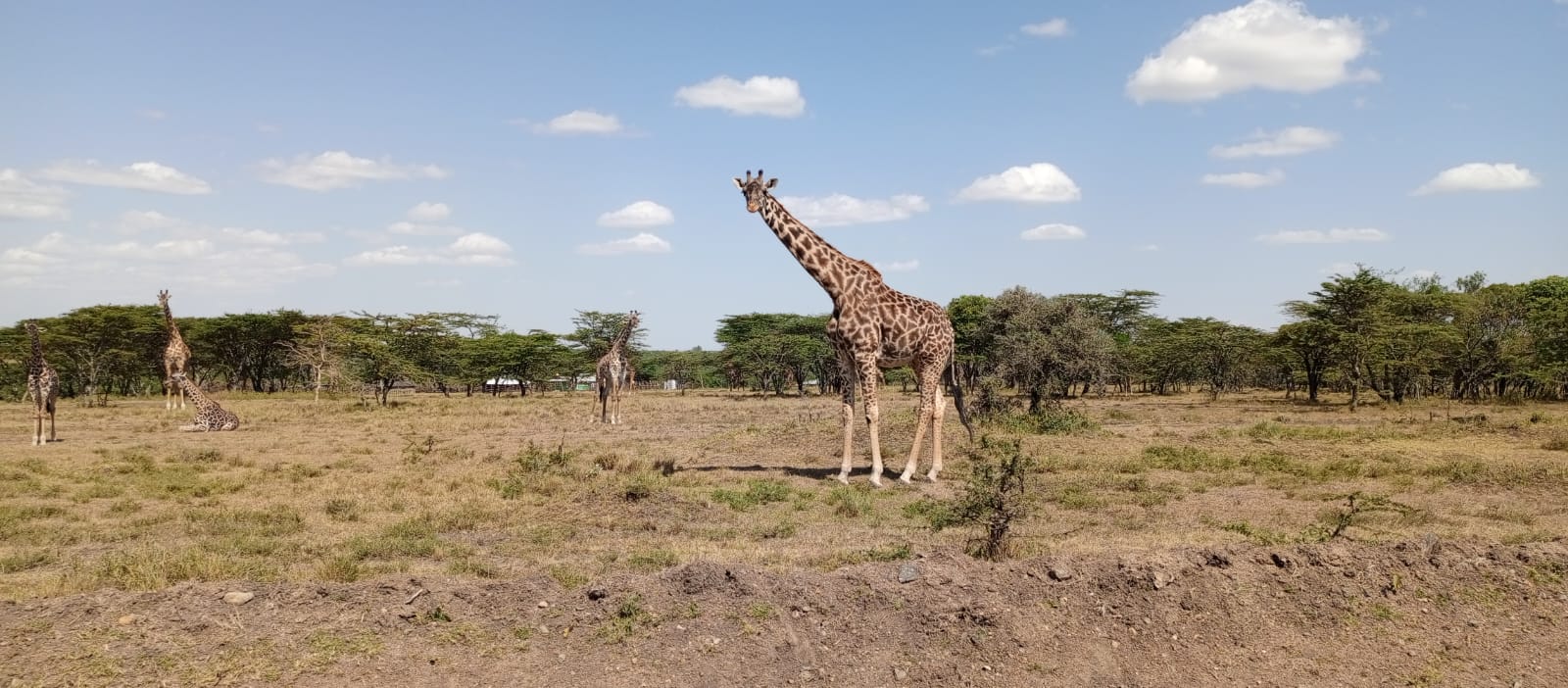
We can save our ecosystems by avoiding any form of destruction! Photo by IIN
Biodiversity loss increases risks of disease and poor nutrition. Biodiversity keeps soils fertile, agricultural pests in check, and supports pollinators that sustain and improve food security through increased agricultural productivity. Fighting environmental crime in rural communities improves safety and opportunities for legal livelihoods. Majority of the people who suffer the most the impacts of destruction of biodiversity are the Indigenous Peoples since most of the rural areas are occupied by them. In Enoosaen and the surrounding area of Kilgoris of Narok County, , Kiltamany, Kiltamany areas of Samburu County and Naramam Chesra areas of West Pokot County of Kenya, the Indigenous Peoples largely practice pastoralism and agriculture for survival and before land demarcation they were free to graze their animals everywhere on the land and there was plenty of pasture for their animals, but after the demarcation is where the limitations where everyone was restricted to graze only at his portion of land.
The Samburu Indigenous Peoples who live in the Northern part of Kenya are affected by recurrent drought, with most of the population living below the poverty line. As a pastoral community, climate change has made pastoralism be an increasingly unsustainable livelihood option leaving many of the household live within poverty line. However, through the support of the well-wishers, the community has been educated on ways to alleviate the degraded land and food insecurity.
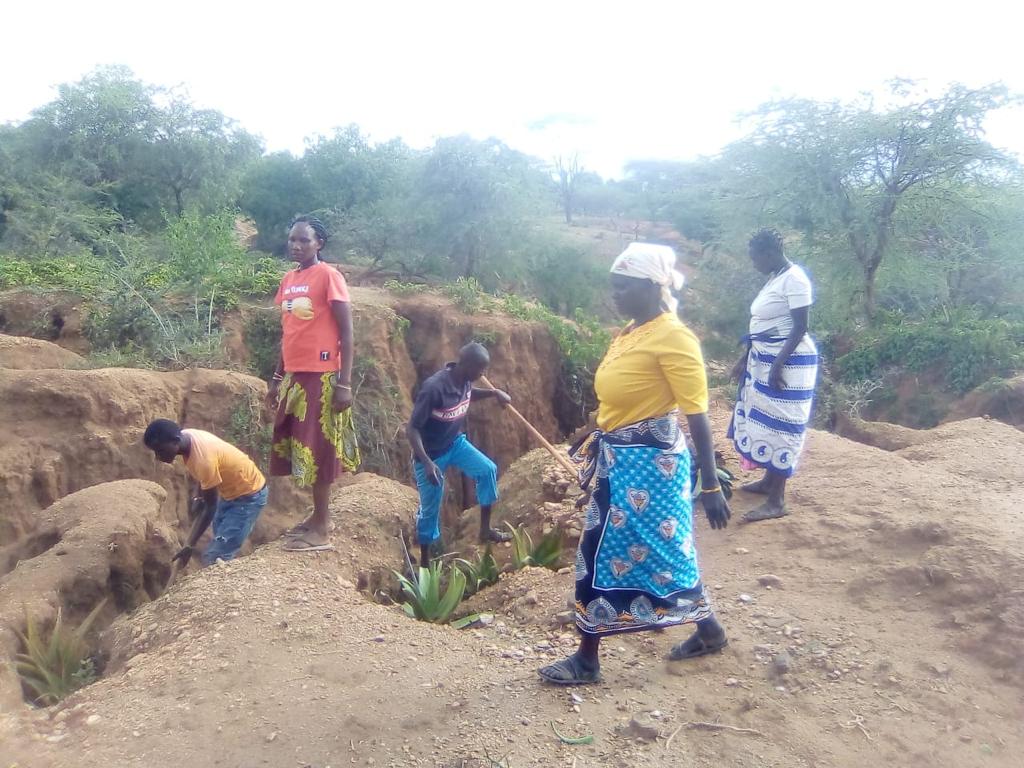
Indigenous women at Kiltamany Samburu county practicing sustainable agriculture to achieve food security. Photo by IIN
The community currently has community leaders who came up with the idea of rotation grazing. Rotation grazing is a process whereby livestock are strategically moved to fresh paddocks, or partitioned pasture areas, to allow vegetation in previously grazed pastures to regenerate. The rotation grazing has led to improvements in vegetation cover.
In the past, the forest cover was very high hence wild animal’s habitats were very secure and human-wild conflicts were very minimized especially in Transmara. The Maasai community from Transmara coexisted very well with wild animals but currently it is very rare to even see the animals. This is because, over years, the forests were cleared which forced the wild animals to migrate to other places near Maasai Mara Game reserve. Also, herdsmen could enjoy honey from the forest and even the herbal medicine which could make them fit and some were used to treat animal diseases. In addition, the soil was very fertile and the soil was never polluted with artificial fertilizer like today. In short life was cheap and interesting. With increase in population, forests were destroyed to create space for settlement and farming. Indigenous trees were mostly endangered since they were well known for producing quality charcoals, the Wild animal’s corridors also suffered forcing them to move away it is believed some even migrated permanently to Tanzania and they are no longer found in Kenya.
The Pokot Indigenous Community from West Pokot have been greatly affected by loss of biodiversity. The forests provided so much satisfaction to them as they were able to get food, shelter, medicine and even fresh air. As the population kept on rising, there has been so much damages which led to damage to the biodiversity. Wild animals disappeared, it became difficult to practice bee keeping and they had to keep moving from one region to the other in search of pastures.
Some of the trees in Naramam were good source of herbal medicine and vegetables. Over years the trees became extinct and the community is currently working on bringing back the important trees which essentially enabled them to feed their families.
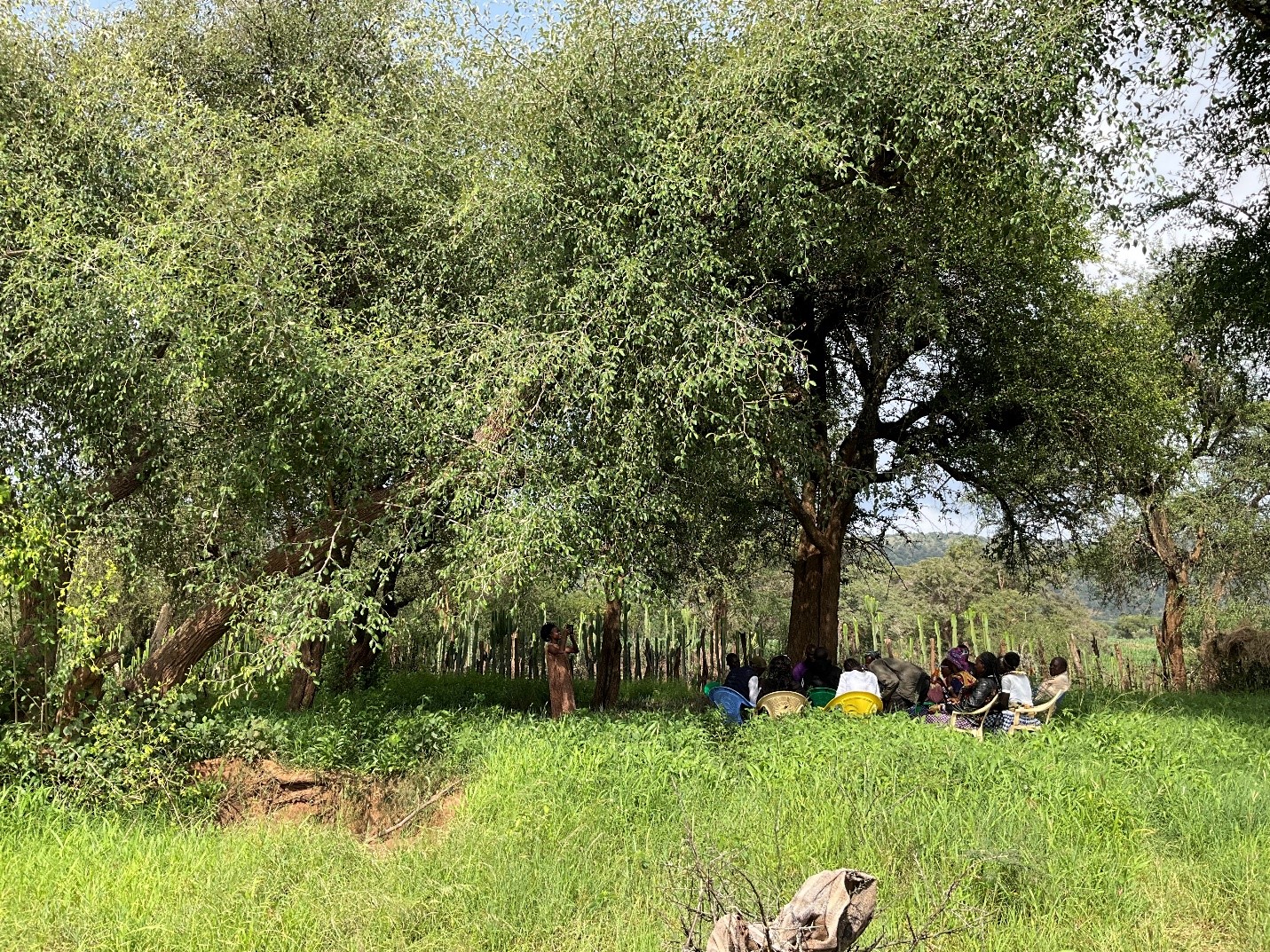
This is Sokoria Indigenous tree whose leaves are nutritious vegetables to Pokot Community. Photo by IIN.
The Maasai, Samburu and Pokot are well known for their cultures and when the forest was present there were some rituals and occasion that they used to celebrate in the forest. A good example is male circumcision best known as Mutat in Pokot community was done in the forests and other rituals like irpuli and olkiteng lolbaa for the Maasai. There were very special trees which they believed to be pure and non-poisonous that were specifically used. A traditional manyatta was also built in a forested place to make it easy to construct using trees and leaves and also firewood for cooking and meat roasting. All this practice mentioned above are lost as a result of biodiversity destruction. Indigenous people aren’t sitting down watching this happening but they are taking the initiatives restoring biodiversity by giving the indigenous trees a priority and protecting the water sources catchment areas.
